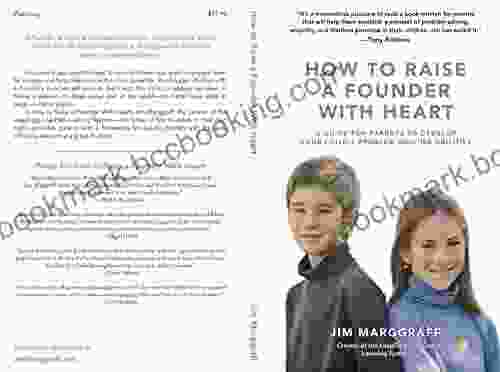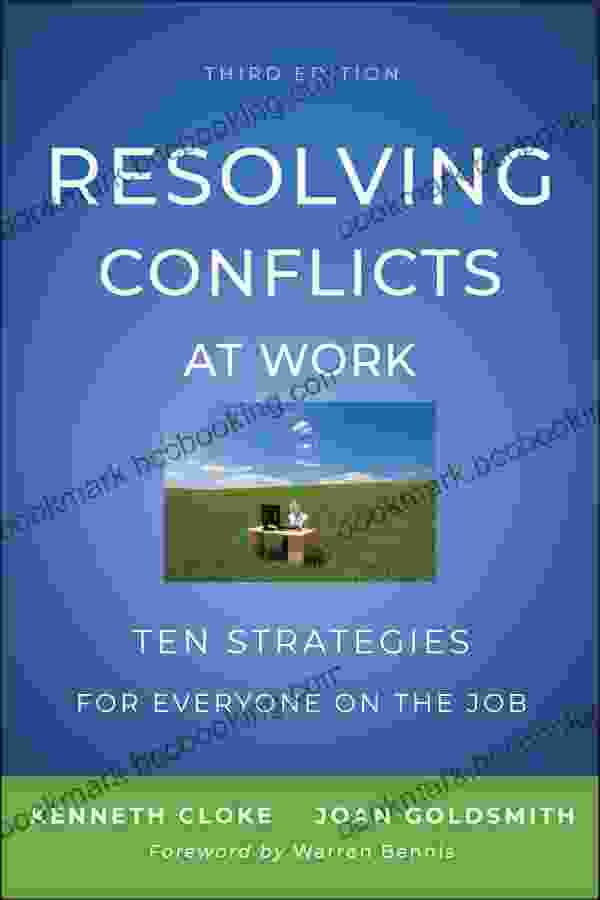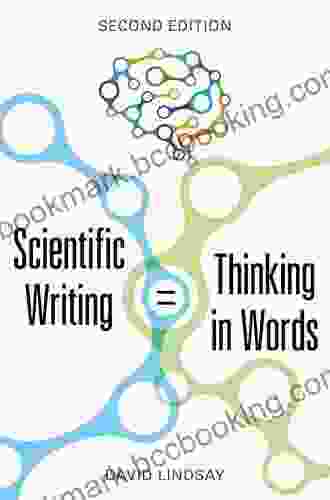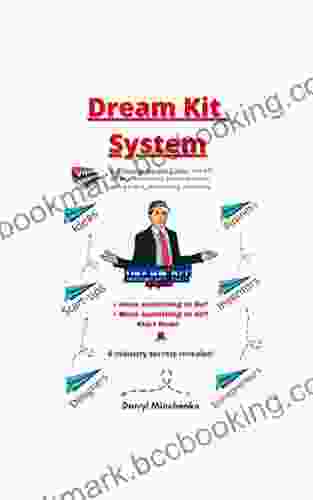Resolving Conflicts at Work: The Ultimate Guide to Building a Harmonious and Productive Workplace

In the dynamic and often demanding world of work, conflicts are an inevitable part of the landscape. Differences in perspectives, goals, and communication styles can lead to misunderstandings, disagreements, and even full-blown disputes.
While it's unrealistic to expect a conflict-free workplace, the ability to resolve conflicts effectively is crucial for maintaining a positive, productive, and collaborative work environment.
4.6 out of 5
| Language | : | English |
| File size | : | 1040 KB |
| Text-to-Speech | : | Enabled |
| Screen Reader | : | Supported |
| Enhanced typesetting | : | Enabled |
| Word Wise | : | Enabled |
| Print length | : | 401 pages |
| Lending | : | Enabled |
In this comprehensive guide, we delve into the complexities of workplace conflicts and provide you with a roadmap for navigating them with confidence and skill. Drawing upon expert insights and proven strategies, we empower you to:
- Identify the root causes of conflicts
- Develop constructive communication techniques
- Facilitate productive discussions
- Build stronger relationships and foster a more harmonious workplace
li>Negotiate mutually acceptable solutions
Understanding the Nature of Workplace Conflicts
Workplace conflicts can manifest in various forms, from minor disagreements to major disputes that can impact team morale, productivity, and the overall organizational climate. Common types of conflicts include:
- Personality clashes: Differences in personalities, work styles, and values can lead to misunderstandings and interpersonal conflicts.
- Communication breakdowns: Poor communication, both verbal and nonverbal, can contribute to conflicts by creating misunderstandings and fostering resentments.
- Competition for resources: Limited resources, such as time, funding, or equipment, can trigger conflicts between individuals or teams.
- Goal conflicts: When individuals or teams have different priorities and objectives, it can lead to disagreements about the best course of action.
- Structural conflicts: These conflicts arise from organizational structures that create power imbalances, unclear roles, or communication barriers.
Effective Conflict Resolution: A Step-by-Step Guide
Resolving conflicts effectively requires a systematic approach that involves identifying the root cause, communicating openly, facilitating productive discussions, and negotiating mutually acceptable solutions.
Step 1: Identify the Root Cause
To effectively resolve a conflict, it's crucial to pinpoint its underlying cause. Ask yourself the following questions:
- What are the specific issues or differences that are causing the conflict?
- Who is involved in the conflict and what are their perspectives?
- What are the underlying interests, needs, and concerns of each party?
Step 2: Communicate Openly
Open and honest communication is essential for conflict resolution. Encourage all parties involved to express their perspectives, concerns, and emotions in a respectful and non-confrontational manner.
Active listening skills are crucial. Listen attentively to each person's point of view without interrupting or dismissing their feelings. Ask clarifying questions to ensure a deeper understanding of their stance.
Step 3: Facilitate Productive Discussions
Once all parties have had an opportunity to express their views, the next step is to facilitate a productive discussion aimed at finding a mutually acceptable solution.
Establish ground rules for the discussion, such as respecting each other's opinions, staying focused on the issues at hand, and avoiding personal attacks.
Encourage participants to brainstorm potential solutions and explore common ground. Be patient and persistent in guiding the discussion towards constructive outcomes.
Step 4: Negotiate Mutually Acceptable Solutions
Negotiation is a key component of conflict resolution. The goal is to find a solution that meets the needs and interests of all parties involved.
Be willing to compromise and consider different perspectives. Focus on the underlying interests rather than the specific positions taken by each party.
Explore creative solutions that may not have been initially considered. Be open to seeking external support from a mediator or facilitator if necessary.
Step 5: Build Stronger Relationships and Foster a More Harmonious Workplace
Once a conflict has been resolved, it's important to take steps to rebuild relationships and foster a more harmonious workplace.
Encourage open and ongoing communication between all parties. Create opportunities for team building and social interaction to strengthen bonds and prevent future conflicts.
Develop clear policies and procedures to address conflicts in a timely and fair manner. Invest in training programs that enhance communication, conflict resolution, and interpersonal skills.
Additional Tips for Effective Conflict Resolution
- Stay calm and professional, even under pressure.
- Avoid making assumptions or jumping to s.
- Be empathetic and respectful of others' perspectives.
- Focus on finding solutions that are fair and equitable.
- Document key discussions and agreements to avoid future misunderstandings.
- Seek external support if the conflict cannot be resolved internally.
Resolving conflicts at work is an essential skill for leaders, managers, and employees alike. By understanding the nature of conflicts, adopting a systematic approach, and implementing proven strategies, you can effectively navigate workplace challenges, build stronger relationships, and create a more productive and harmonious work environment.
Embrace conflict as an opportunity for growth and development. By equipping yourself with the knowledge and skills outlined in this guide, you can transform conflicts into catalysts for positive change and cultivate a thriving workplace where everyone can succeed.
4.6 out of 5
| Language | : | English |
| File size | : | 1040 KB |
| Text-to-Speech | : | Enabled |
| Screen Reader | : | Supported |
| Enhanced typesetting | : | Enabled |
| Word Wise | : | Enabled |
| Print length | : | 401 pages |
| Lending | : | Enabled |
Do you want to contribute by writing guest posts on this blog?
Please contact us and send us a resume of previous articles that you have written.
 Book
Book Novel
Novel Page
Page Chapter
Chapter Text
Text Story
Story Genre
Genre Reader
Reader Library
Library Paperback
Paperback E-book
E-book Magazine
Magazine Newspaper
Newspaper Paragraph
Paragraph Sentence
Sentence Bookmark
Bookmark Shelf
Shelf Glossary
Glossary Bibliography
Bibliography Foreword
Foreword Preface
Preface Synopsis
Synopsis Annotation
Annotation Footnote
Footnote Manuscript
Manuscript Scroll
Scroll Codex
Codex Tome
Tome Bestseller
Bestseller Classics
Classics Library card
Library card Narrative
Narrative Biography
Biography Autobiography
Autobiography Memoir
Memoir Reference
Reference Encyclopedia
Encyclopedia Jessica Thom
Jessica Thom Jevon Bolden
Jevon Bolden Kenneth Gjesdal
Kenneth Gjesdal Jim Benton
Jim Benton Will Oxley
Will Oxley Jens Eriksen
Jens Eriksen Jenelle Christine Copenhaver
Jenelle Christine Copenhaver Vasily Mahanenko
Vasily Mahanenko Julie Barlow
Julie Barlow Nita Sweeney
Nita Sweeney Jessica Roux
Jessica Roux Jennifer Julie Miller
Jennifer Julie Miller Jim Avery
Jim Avery Jeremy Roenick
Jeremy Roenick Randy Shilts
Randy Shilts Jeremy Robert Johnson
Jeremy Robert Johnson Jerry Wennstrom
Jerry Wennstrom William S Kane
William S Kane Jie Li
Jie Li Jenna Elizabeth Johnson
Jenna Elizabeth Johnson
Light bulbAdvertise smarter! Our strategic ad space ensures maximum exposure. Reserve your spot today!

 Samuel BeckettUnlock the Secrets of Avalon: Dive into 'The Prophecy of Avalon: Tale of...
Samuel BeckettUnlock the Secrets of Avalon: Dive into 'The Prophecy of Avalon: Tale of... Kenneth ParkerFollow ·18.1k
Kenneth ParkerFollow ·18.1k Thomas PowellFollow ·10.2k
Thomas PowellFollow ·10.2k Jack PowellFollow ·15.8k
Jack PowellFollow ·15.8k Richard AdamsFollow ·6.5k
Richard AdamsFollow ·6.5k Hugh BellFollow ·14.5k
Hugh BellFollow ·14.5k Devon MitchellFollow ·17.1k
Devon MitchellFollow ·17.1k Preston SimmonsFollow ·3k
Preston SimmonsFollow ·3k Gerald BellFollow ·14.7k
Gerald BellFollow ·14.7k

 Patrick Rothfuss
Patrick RothfussGuide for Parents: Unlocking Your Child's Problem-Solving...
As a parent, you...

 Ignacio Hayes
Ignacio HayesThe Good Girls of Al Noor: A Gripping Tale of Hope and...
On March 15, 2019, a...

 Lee Simmons
Lee Simmons50 Games and Activities for All the Turkeys at Your...
Thanksgiving is a time for family, friends,...

 Sean Turner
Sean TurnerRewiring the World: From Edison to Google - The...
A Captivating...
4.6 out of 5
| Language | : | English |
| File size | : | 1040 KB |
| Text-to-Speech | : | Enabled |
| Screen Reader | : | Supported |
| Enhanced typesetting | : | Enabled |
| Word Wise | : | Enabled |
| Print length | : | 401 pages |
| Lending | : | Enabled |














